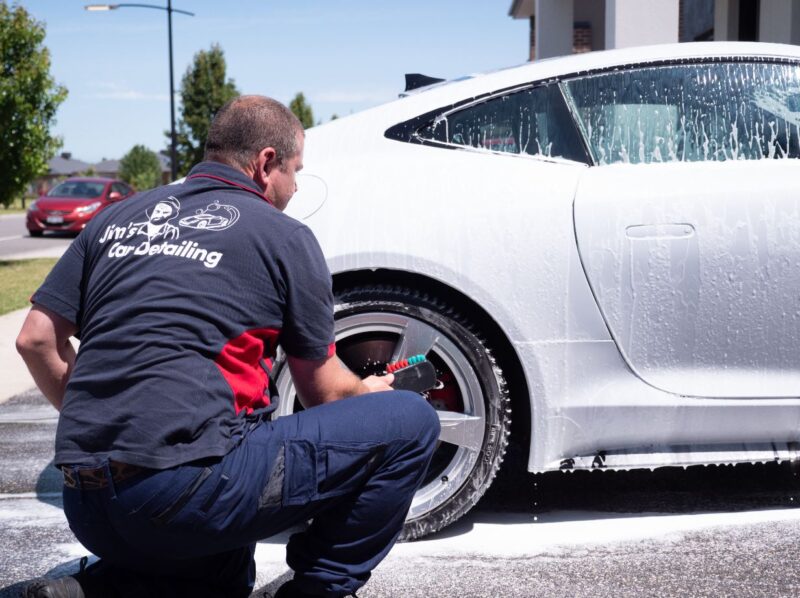The Science of Grout Discoloration: Causes and Preventive Measures

Grout is an essential component of tile installations, providing stability and cohesion while enhancing the overall aesthetics of a space. However, over time, you might notice that the once-pristine grout lines have started to lose their original colour and appear discoloured. The science behind grout discoloration is intriguing, and understanding its causes can help you take preventive measures to maintain the beauty of your tiled surfaces. In this blog post, we’ll delve into the science of grout discoloration, explore its various causes, and provide effective strategies to keep your grout lines looking fresh and vibrant.
Understanding Grout Composition
Grout is a material commonly used in construction, particularly in tiling applications, to fill the gaps between tiles and provide stability, support, and a finished appearance to the tiled surface. It plays a crucial role in ensuring tiles are securely held in place and also contributes to the overall aesthetic appeal of the installation. Grout is a mixture of cement, water, and sometimes sand, and its composition can vary based on its intended use, type, and specific requirements.
The consistency and workability of the grout can also be adjusted by varying the water-to-cement ratio. Its porous nature makes it susceptible to absorbing liquids, dirt, and contaminants, which can lead to discoloration over time.
Common Causes of Grout Discolouration
Mould and Mildew Growth: Humid and damp environments provide ideal conditions for mould and mildew to thrive, resulting in black or dark discoloration on grout.
Soap Scum and Mineral Deposits: Residues from soaps and hard water can accumulate on grout surfaces, creating a layer of film that gradually changes its appearance.
Stains from Liquids: Spills of coloured liquids, such as coffee, wine, or coloured cleaning solutions, can penetrate grout and cause staining.
Wear and Tear: Foot traffic and abrasive cleaning methods can wear down the grout’s surface, making it more prone to discoloration.
Improper Cleaning Products: Harsh or acidic cleaners can damage grout and lead to discoloration.
Sunlight Exposure: Direct sunlight can cause grout to fade or change colour over time.
Preventative Measures
Regular Cleaning: Develop a consistent cleaning routine using mild, pH-neutral cleaners to prevent the build-up of dirt and contaminants.
Sealing Grout: Applying a quality grout sealer creates a protective barrier, making it more resistant to stains and moisture absorption.
Proper Ventilation: Ensure proper ventilation in areas prone to high humidity, like bathrooms and kitchens, to discourage mould and mildew growth.
Prompt Spill Clean-up: Quickly clean up spills to prevent liquids from seeping into grout lines.
Gentle Cleaning Methods: Use soft brushes or cloths to clean grout and avoid abrasive tools that can damage its surface.
Regular Inspection: Periodically inspect grout for signs of discoloration or damage, and address issues promptly.
Sunlight Protection: Consider using window coverings or UV-blocking films to protect grout from direct sunlight exposure.
What to do When Discolouration Has Occurred
If you notice your grout has begun to discolour, it might need a deep clean. To do this yourself, purchase some grout cleaner and a grout cleaning brush from a local cleaning supplies store. Always test a small section of grout in an inconspicuous area to ensure the cleaner is suitable for your grout and won’t cause damage.
Apply the product according to the manufacturers instructions and scrub with the grout brush. Rinse thoroughly and repeat as necessary.
If you don’t have time to be crawling around your home on your hands and knees, a professional tile and grout cleaner can help! Jim’s Carpet Cleaners are trained and experienced with tile and grout cleaning, call 131 546 today to obtain a free quote!



